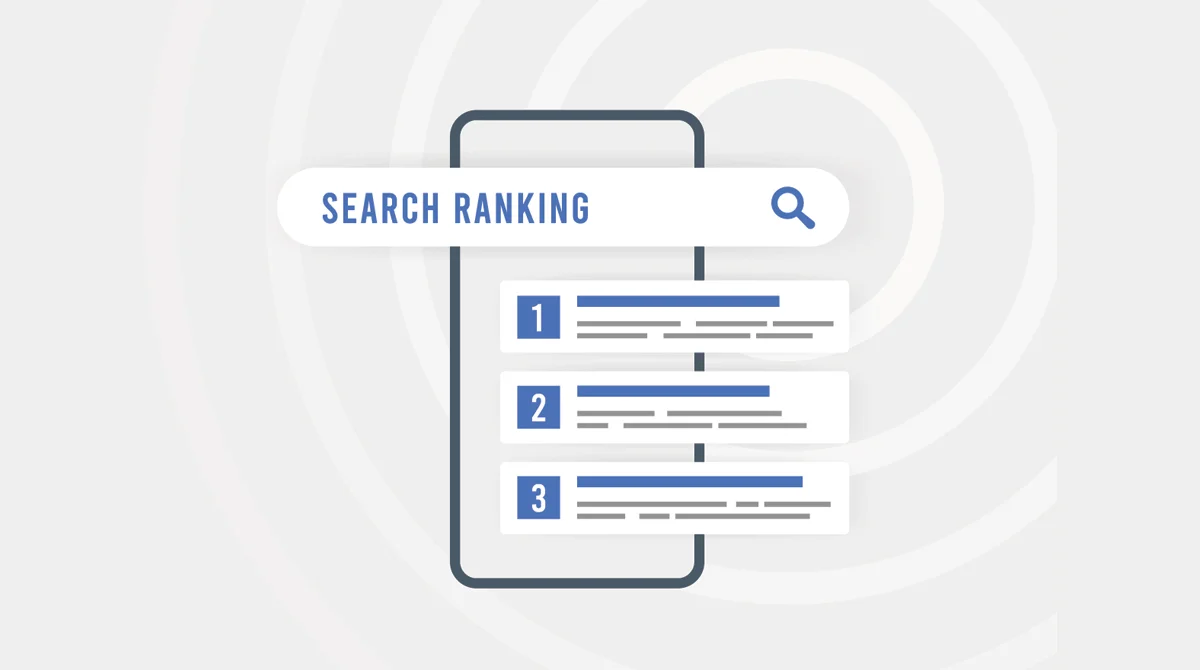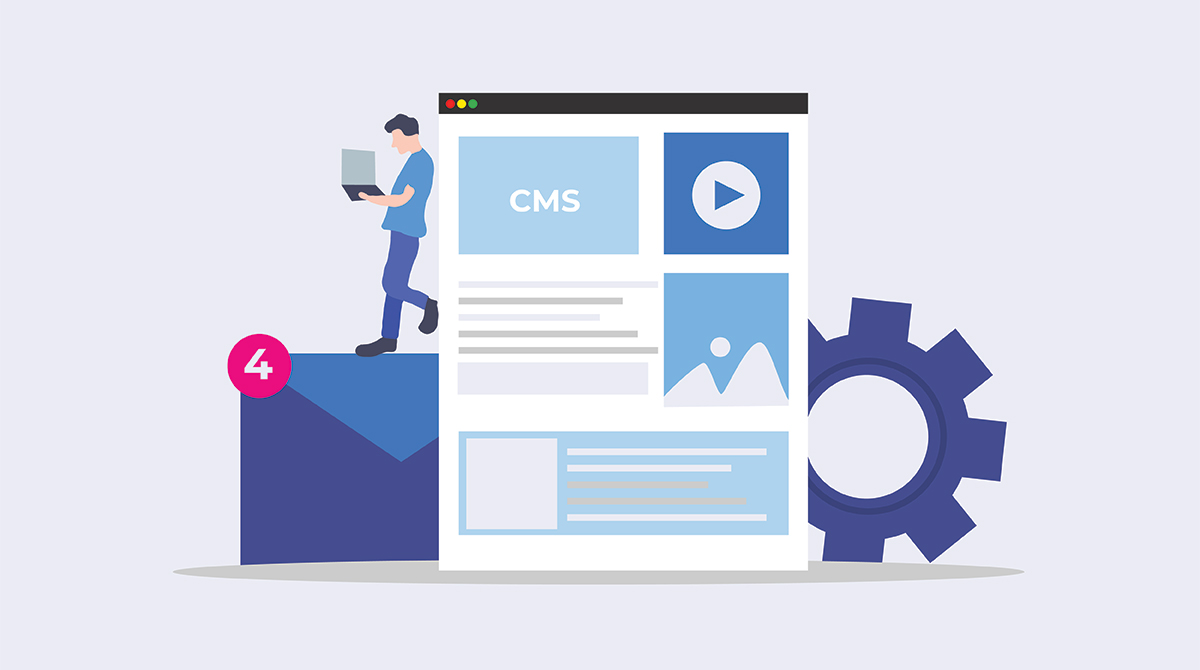A high-performance website is a strategic blend of several elements – responsive design, informative content, clear CTAs, strong visuals and an intuitive layout. While everyone keeps reiterating the significance of these elements, one element that is often brushed aside is white space or negative space. White space is not merely a background but a key website element that promotes balance, focus, and readability. It offers a breathing space to all website visitors and lets them absorb the content without being bombarded with too much at once. Today, we will take you through the role of white space in effective web design and help you make smart choices during your website design and development process.
Let’s get started!
What is White Space in Web Design?
White/negative space refers to the space that is left blank or unmarked on any web page. It could be the empty space between any element of your website, including text, images, graphics, etc. White space doesn’t necessarily have to be white; it could be of any colour; it simply means the absence of any content.
A few examples of white space in UI design include –
- The margins surrounding each page
- The blank space bordering the images
- The vertical space between each line
- The space that divides each paragraph
- The gap between all interactive elements like CTA buttons, etc.
White space can be strategically placed across your website to enhance overall readability and navigability. With the right use of white space, you can build a website that looks good to the eye, grabs visitor attention, and prompts action. As web design experts, we are well aware of the role that white space plays in your website’s visual appeal and effectiveness – let us familiarise you with the same.
Importance of White Space: Blank Space to Robust Online Presence
White space brings in not one but several digital advantages and can prove to be a driving factor for your website’s success. Let’s look closely at these advantages and determine the significance of white space in web design.
Enhances Readability
A website should be information-rich, but the content should be presented so the readers can absorb the information without feeling overwhelmed. White space offers a visual break to the readers and helps them better grasp the given information. When even dense content is broken into lines and paragraphs with ample white space, the brain can comprehend and retain it more efficiently. Also, long-form reading can be quite tiresome, so dividing your content into readable bits using white space can effectively reduce eye strain and user fatigue.
Direct and Improve Focus
If you wish to direct the reader’s focus to certain sections of your content, using white space can be effective. White space can help you create a better visual hierarchy and flow and highlight your content’s key offerings/CTA’s. When the webpage is too cluttered, it immediately divides user attention, and the key element might go unnoticed without consideration. Also, white space can promote navigability. When there is a balance between white space and available content, users can easily skim through the content and find what they want.
Delivers Clean and Modern Aesthetics
Today, minimalist websites are quite popular. Rather than delivering an overwhelming online presence, most businesses like to keep it sleek and sophisticated. A simple, sleek design where each element stands out while creating visual harmony will always deliver better than a cluttered or overcrowded website. Including white space throughout your web pages can help you provide informative content without overwhelming the reader. In the current online marketplace, where the competition is quite fierce, you must stand out and deliver. So, while establishing your online presence, you must strike the right balance between content quantity and blank space and present your content in a memorable way.
Increases Conversion Rate
When you minimise the visual clutter and highlight the key sections using white space, you guide your website visitors to where you wish. From prompting them to push a CTA button or fill out a form, effective use of white space can drive engagement, convince your audience to take action and help you increase your overall conversion rate. White space ensures your CTAs are not lost amidst a sea of content; it helps them stand out and attract user attention without seeming too promotional.
Ways to Efficiently Use White Space: 4 Tips
Use Micro and Macro White Space
Combining micro and macro white space is recommended to create ample blank space in the content without the web page seeming empty.
- Micro White Space: The space around smaller elements like alphabets, words and sentences.
- Macro White Space: The space between/surrounding larger elements like images, different content sections, etc.
Naturally, divide the white space amongst all website elements and create an organic and well-put-together look.
Use but Not Overuse
When overused, does the white space stop being an effective web design tool and start being a design flaw? While white space is important, you must not overdo it. There is no ideal amount of white space that any website should have, but it should be divided across the web page in a way that doesn’t seem empty or sparse. If the use of white space translates into a lack of content, the website visitors would quickly skip and move on to your competitors. So, use only as much white space as required to improve readability and engagement.
Highlight CTAs with White Space
Your CTAs are what potentially convert your website visitors into customers. So, your CTAs should stand out and capture immediate attention. What better way to do it than placing it between ample white space? Don’t isolate your CTAs; surround them with sufficient white space to ensure they don’t go unnoticed. Ensure a clear contrast between the colours you use for the CTA button and the surrounding white space.
Achieve Design Balance
When it comes to a website, you must include all the required information without seeming chaotic. That’s where white space comes into play. Use white space to create symmetry, establish hierarchy and balance the layout of your website. Divide each heading, paragraph and pointer using adequate white space and ensure every element stands out individually.
Use White Space the Right Way
Next time someone tells you white space is a waste of space, you will know how to convince them otherwise. The way you pause for a moment after making a statement to give the audience some room for thought, white space offers some thinking space. If you wish to know more about the strategic use of white space, connect with our UI design experts, and we will be happy to guide you through.



















